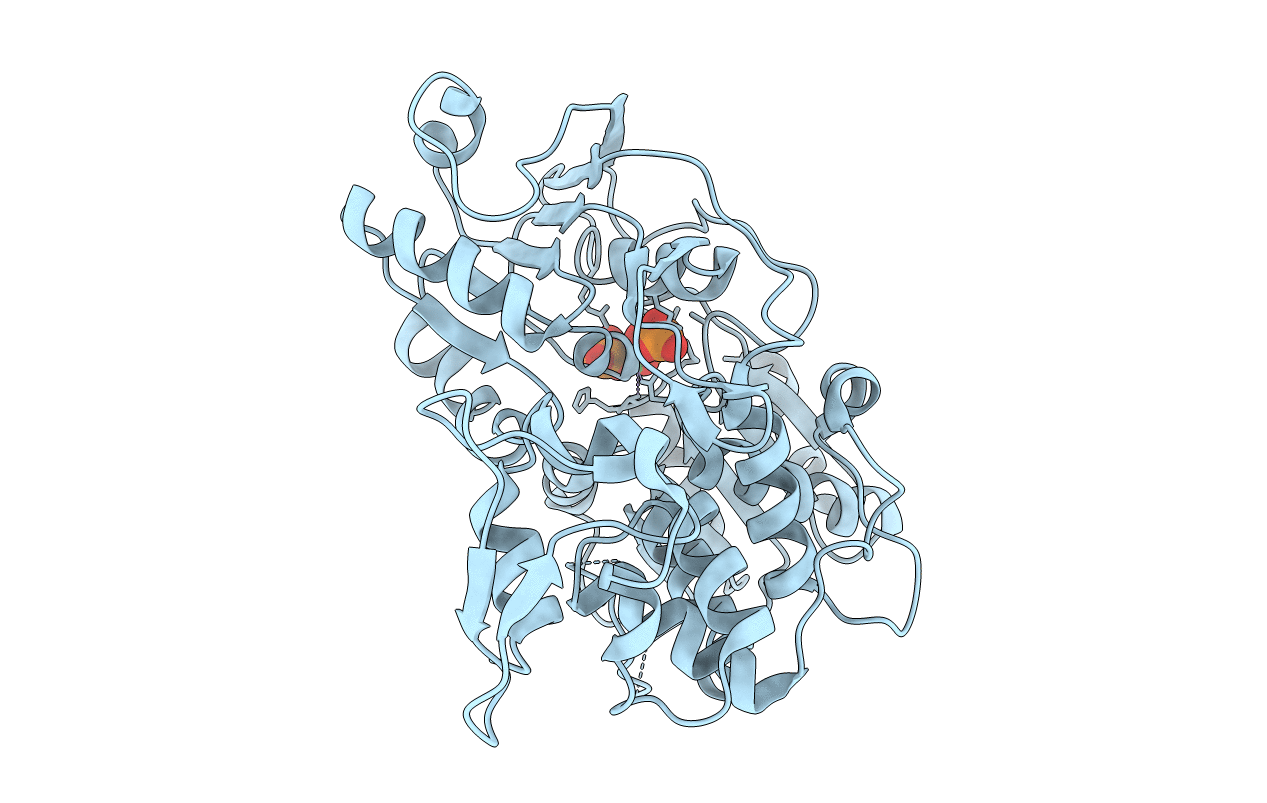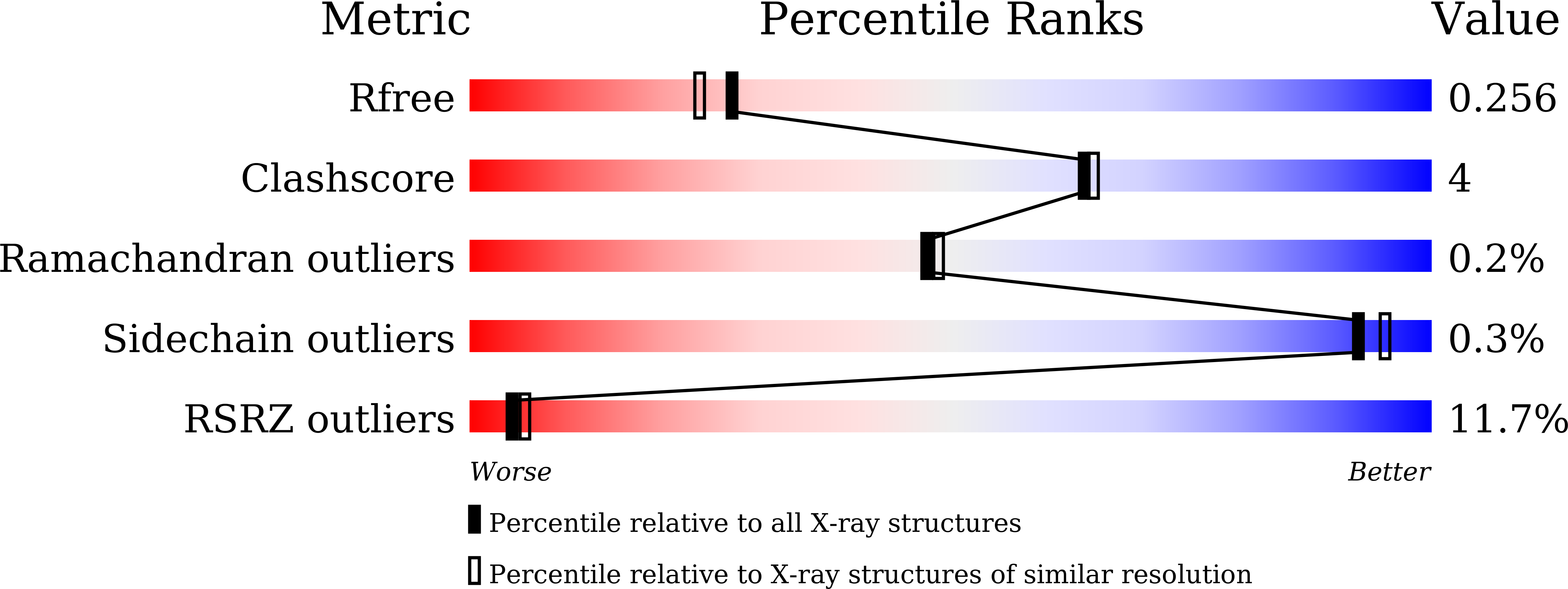
Deposition Date
2021-08-14
Release Date
2022-08-17
Last Version Date
2023-11-29
Entry Detail
Biological Source:
Source Organism:
Kyasanur forest disease virus (Taxon ID: 33743)
Host Organism:
Method Details:
Experimental Method:
Resolution:
2.10 Å
R-Value Free:
0.25
R-Value Work:
0.22
R-Value Observed:
0.22
Space Group:
P 21 21 21


